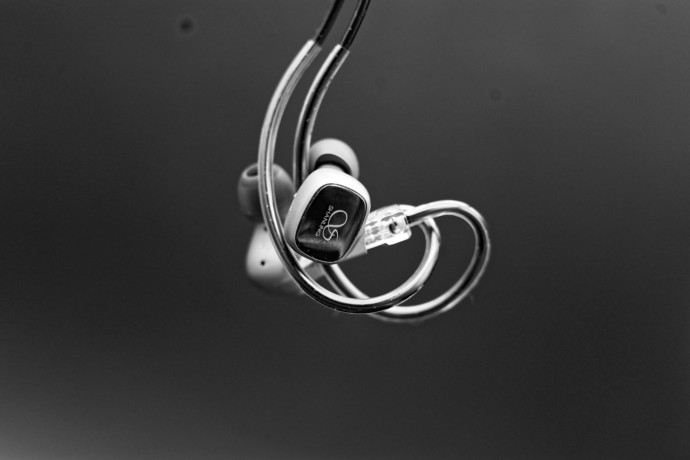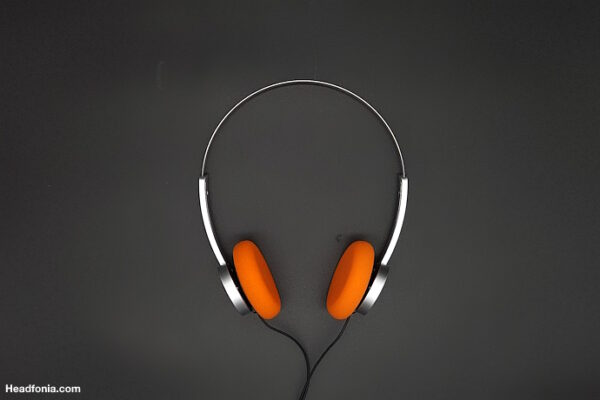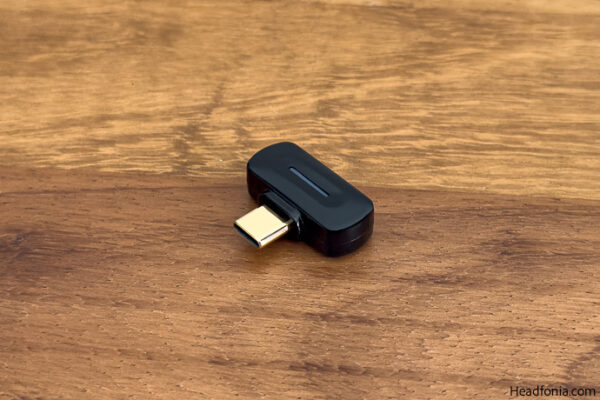Today we review the Shanling MG20, the latest IEM from the brand. A new single dynamic driver model priced at $49 USD.
Disclaimer: the Shanling MG20 was sent to us free of charge by the brand, in exchange for our honest opinion.
Shanling
Founded in 1988, Shanling has been crafting Hi-Fi products for over 30 years. From high-end CD players to elegant tube amps, the brand has built a reputation for impeccable craftsmanship and top-tier performance, with models like the T35 – an ultra high-end CD player – and the SCD1.3, a beautiful all-in-one CD/Amp/DAC.
Impressive stuff already, but the brand also developed a full range of delightful portable DAC/AMP, like the Shanling H7, H5 and H2 – three wonderful devices that I previously reviewed – or portable, USB-key sized, DAC like the UA4 and UA1 Plus. In addition to all of that, the brand also offers a complete range of players and IEMs, like the M6 and M6 Pro (21) that I previously reviewed, now topped by the Shanling M6 Ultra, the M7, and the almighty M9 Plus that Berkhan, and Yagiz, loved and praised for good reasons.
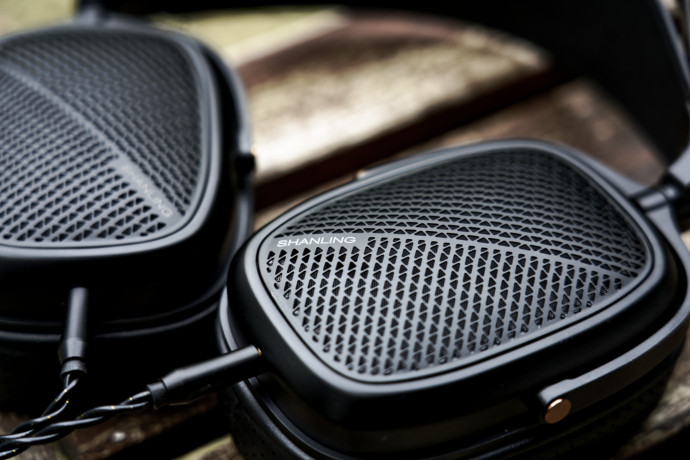
Shanling even went a step further recently with a whole new flagship planar headphone – the amazing Shanling HW600 – packing all of the latest features they developed across the last years, at a price that some might consider conservative nowadays – for a planar headphone. A banger that I reviewed a few times ago, which earned my personal recommendation!
But today, we are going the opposite way with the Shanling MG20, their latest – and most affordable – single driver universal IEM, embedding a whole new DLC driver, packed in a zinc alloy shell, for just a little less than $50 USD.
Should you get one? Time to find out
Shanling MG20 – Design & Build Quality
Shell
For their new Shanling MG20 IEM, the R&D team at Shanling did quite a good job, giving us an earphone that looks and feels fancier than its actual retail price – a bit like Seiko and their 5 Series.
Entirely made of CNC’ed zinc aluminum alloy, the Shanling MG20 seems to mix and match everything that the brand learned across the past years. In fact, despite its low MSRP, the new IEM seemed to get the same kind of treatment you’ll find in higher-priced models from the brands – like the MG600 and MG800 before.
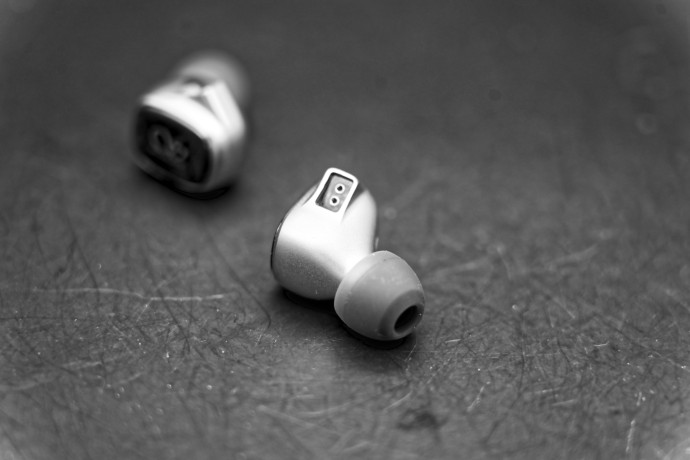
In terms of design, the ear also retained a design analog to its predecessor: a rounded two-tone body that should suit every ears – more on that later – followed by a faceplate translucent faceplate, made of acrylic the classic magnifying the Shanling logo imprinted underline. And, if the brand could have die-cast the MG20, as they did for the SONO of FiiO with their FD11, this new IEM got the full 5-Axis CNC treatment. Not that makes a massive difference, but still overtime, I did feel a difference in hand, and in ears.
So yeah, for a sub-$50 USD model, it’s hard to nit-pick, Shanling delivering the same stream-line experience seen on the SONO or the M1 Plus, which is quite impressive and, in my opinion, those even give the FiiO FD11 a run for the money, which isn’t an easy task.
Build quality
As usual with the brand, build quality is impressive, and if the Shanling MG20 are one of the most affordable IEM they have to offer, they don’t feel like a cheap knock-off you’d buy in an airport lounge – far from it.
No steps, no cracks, just one smooth unibody shell embedding the new driver and, once again, the use of a zinc-alloy body provides a delightful sensation, offering sturdiness without the bulkiness of steel or a full-alloy build. It’s subtle, but if you in hand, and you’ll definitely feel the difference. And so, like every other metal-made IEM, those shall withstand some daily abuse like being thrown at the bottom of a bag, or being carelessly shove into a jean’s pocket, with no second thought. That’s unless you step on them or really really harshly treat those, but as those would be extreme situations.
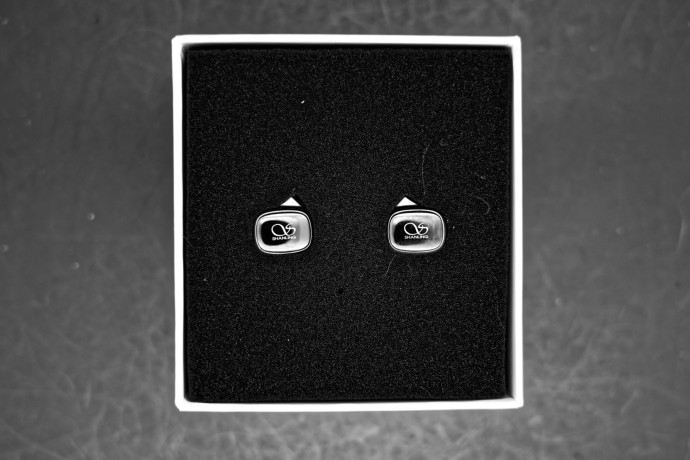
In addition to that, if I’m usually skeptical regarding the cable provided with entry-level IEM like the MG20, I have to say the one coming by default with the new Shanling is… quite good. The tangle-free sheath takes a little time to untangle, in addition but it’s not too rigid, and the golden-flake visible throughout them, really adds to the overall design. Bonus point, they come in either 3.5mm (the one I got) or USB-C if you prefer a plug-and-go experience.
In my case, bundled with the Shanling M1 Plus, the 3.5mm termination was perfect. So far, so good.
Comfort
Daily use
With a rounded body, angled cable and a relatively small footprint, I found the Shanling MG20 easy to wear and hold, even during long listening sessions.
The nozzle size is just right, neither too long nor too large, and the provided silicone tips were the right match with my ears – even some might still prefer memory foam, that mold to your earhole perfectly. If you’ve ever wore an IEM before, those should not give you any trouble and I never struggled to find the right fit for my ears, whether during casual listening or longer, more immersive sessions. Same goes for the cable, which is braided in the middle, but covered with a smooth skin on its higher side, alleviating the ears from any uncomfortable friction.
Regarding the shape itself, there’s not much to be said as the MG20 follows the same path as its predecessor, with an ergonomic design that should – normally – fit all and every ears, unless you really have tiny ones. I tried those on my spouse, and… it fitted.
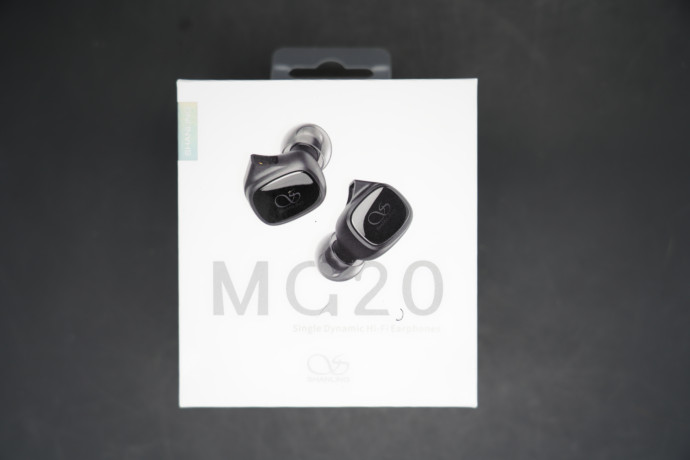
Isolation
Obviously, with a close-back design, isolation on the Shanling MG20 is quite good, damping most of the external disturbances quite evenly. I did find some discrepancies in the very highs at first, but with slightly bigger eartips and a better seal, that issue simply disappeared.
Again, if you’re using transportation like train or planes, I do find active noise-cancelling IEM like the AirPods Pro 2 or the Devialet Gemini II a bit more potent. But, on a daily basis, those Shanling IEM should work perfectly.
So, time to check the specs!
The article continues on Page two, after the click here
Page 1: About the brand, design, comfort
Page 2: Specifications, bundle
Page 3: Sound performances







